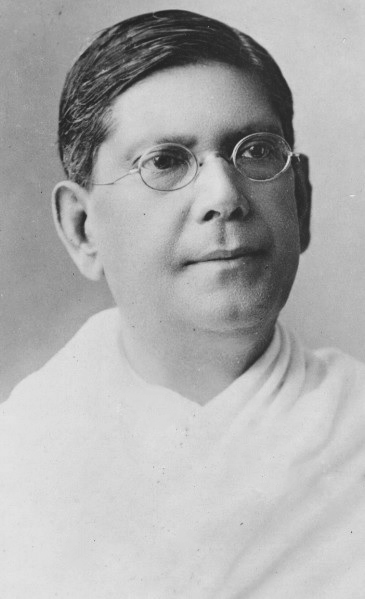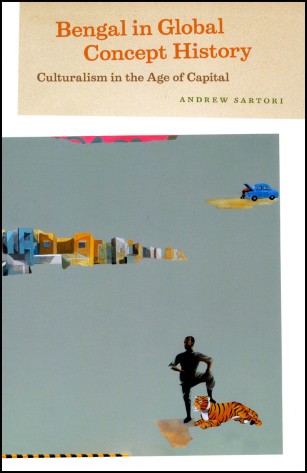Read the story here! If you find the writing style basic, keep in mind, English was her fifth language. Its an early work of both feminist literature, and science fiction. I think you’ll dig it.
sul·tan·a [suhl-tan-uh, –tah-nuh] (noun)
1: : a woman who is a member of a sultan’s family; especially: a sultan’s wife
2: a mistress or concubine of a sultan
3: A female sultan *

The Zenana Deodi in the middle of Mehrangarh Fort in Jodhpur, Rajastan. This is from a royal palace, probably a tad fancier than the one Hussein grew up in.
A note on Purdah: This is a customary practice wherein the sexes are segregated, and the movement of females is restricted to the zenana (women’s quarters) with varying levels of severity. It also usually entails the requirement that females wear a veil, burka, or some sort of covering. This was much more common in the middle and upper class than amongst the poor populations. While it exists in both Hindu and Muslim communities, Muslim implementations are generally more severe, hence Roquia Hussain’s consciousness raising efforts.
Some Context: Muslim Reformers in the Bengal Renaissance: Calcutta 1900! A bustling early-capitalist metropolis with a sizable bourgeois and upper class– A set of intellectuals economically capable and philosophically inspired to paint, write, make scientific discoveries, and root out social evils. What a time it must have been to be alive!
Like many intellectual renaissances, the Bengal Renaissance (broadly defined: 1775-1941) entailed a simultaneous harkening back to ancient traditions for inspiration, and a striving for modernity and progress.** Hindu writers and thinkers revived and reinterpreted Vedic/Upanishadic philosophy to combat social ills like sati and the caste system. Likewise, The Muslim intelligentsia entered a period of self-criticism wherein writers looked back to their Islamic traditions for sources of inspiration, and reinterpreted their texts to liberalize Islam from the inside.
Muslim scholars like Maulana Abul Kalam Azad, advocated a “continuous, unending process of ijtihad, interpretation according to the needs of the time” and wanted to overhaul the Madrassa system of education much like Hussain. The author Kazi Abdul Wadud honored the prophet Muhammed as “a great man,” and referred to him as “just like a light-house to the sea-voyagers” but denied that he was “omniscient” or an “all-pervading master.” Wazed Ali, another writer, observed “the arrival of a religious reformer is essential for the removal of filth from life. In Muslim society too, high-souled men appeared from time to time to remove filth and to make religion time-befitting.”[1] Do you see a pattern emerging?
Now examine some quotations from our author, Roquia Hussain:
“where there is much rigidity in religion, there is greater oppression of women”[2]
“[religious books are] nothing but man made code.” [3]
“Allah has made no distinction in the general life of male and female — both are equally bound to seek food, drink, sleep and pray five times a day.” [4]
“The opponents of female education say that women will become wanton and unruly. Fie! They call themselves Muslims and yet go against the basic tenet of Islam, which gives women an equal right to education. If men are not led astray once educated, why should women?”[5] ***
A similar pattern emerges, no?

Rokheya Shekhawat Hossein
Well-intentioned scholars sometimes try to contextualize Roquia Hussain within the global or even western feminist movement.[6] I’ve seen her described as a “contemporary” of Mary Shelley, Charlotte Perkins Gilman, and Virginia Woolf. But in what sense are they really contemporaries? Hussain’s consciousness raising mission was extremely focused on her own social group. She wrote almost entirely in Bengali, and about issues, like purdah and zenana, which impacted the Bengali Muslim upper and middle classes. [7] Her writing was not intended for, nor read by western audiences.
Hussain may have been more radical than most of her Bengali cohorts, but she was still firmly within their social and literary milieu. The pattern evident in her nonfiction writing is the same pattern we see in other Bengal Renaissance socio-religious reformers: Liberal reforms are advocated through appeals to religious tradition, while simultaneously jettisoning negative or outdated aspects of that same tradition. Hussein’s religion played a major role in her approach to feminism. Her opposition to purdah coexisted with her encouragement of wearing the veil.[8] She believed in universal education– so long as it was segregated by sex and included Arabic in the curriculum.[9] She believed in the earthly origins of scripture, and also in the God of the Qur’an. This is the tension, or confluence (depending on your perspective) at the heart the Bengal Renaissance.
———————————————————————————
Other cool Bengal Renaissance stuff:
Complete works of Rabindranath Tagore (Bengali) (English)
Paintings by Abanindranath Tagore
“The Renaissance in India” a collection of essays by Sri Aurobindo (PDF direct download link)
“The Torch Bearers of Indian Renissance,” a PDF detailing the scientific and mathematical minds of the Bengal Renissance
———————————————————————————
* This is an amalgam definition from Webster.com, dictionary.com, and wiktionary. I include it because I think the name “Sultana” was intentionally chosen for it’s mixed connotations in regards to female power.
** Call me a colonial apologist but… I think its obvious that the British colonial presence in Calcutta (the capital of British India until 1911) had something to do with the Bengal renaissance, particularly in the contribution of what we conceive of as “modern” ideas. Calcutta received contact with the west earlier, and more strongly than the rest of India. British critiques of Indian culture, classical liberalism, the English language, British artistic and literary techniques, the presence of a colonial hegemon to inspire nationalist reactions– These are all indispensable parts of the Bengal Renaissance. This is not to credit the Bengal Renaissance to the British, but merely to observe that cultural diffusion and the importation of new ideas from abroad has a destabilizing, influence on existing cultural patterns.
*** In Sultana’s Dream when Sultana asks Sister Sara about religion, this is what occurs “What is your religion, may I ask?’
‘Our religion is based on Love and Truth. It is our religious duty to love one another and to be absolutely truthful.”
Hit “Continue Reading” for citations.
Continue reading →





